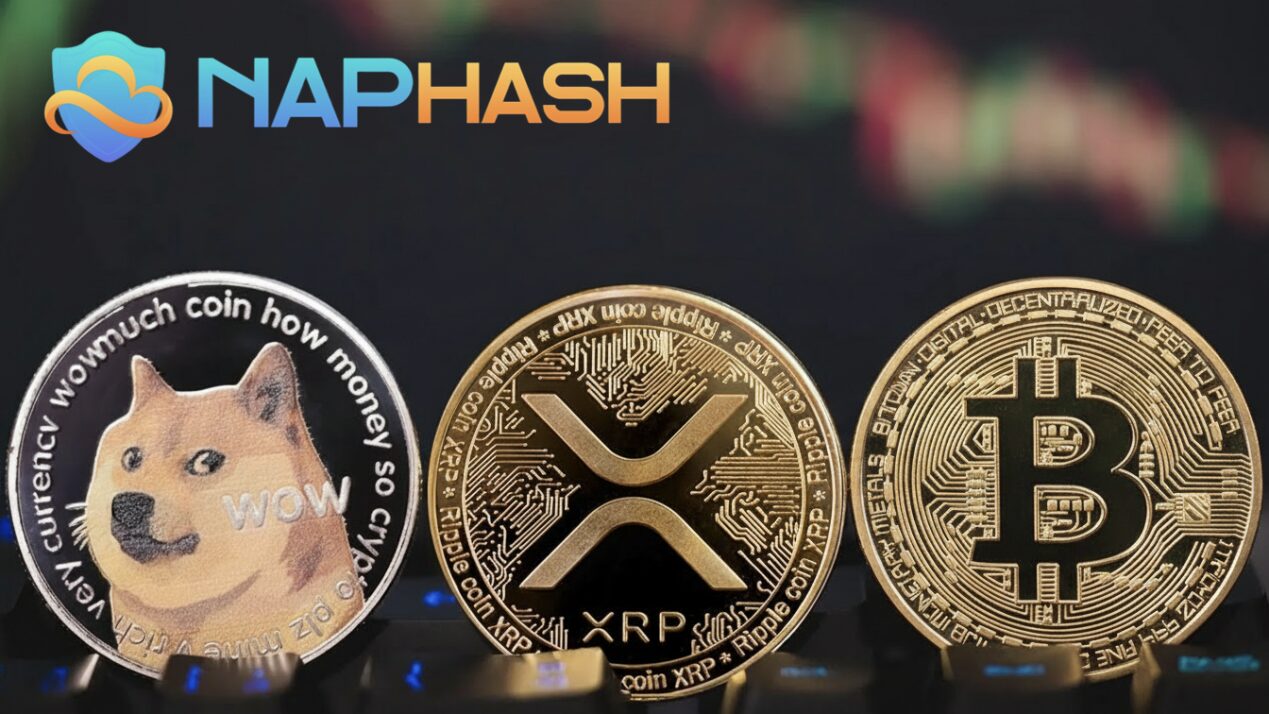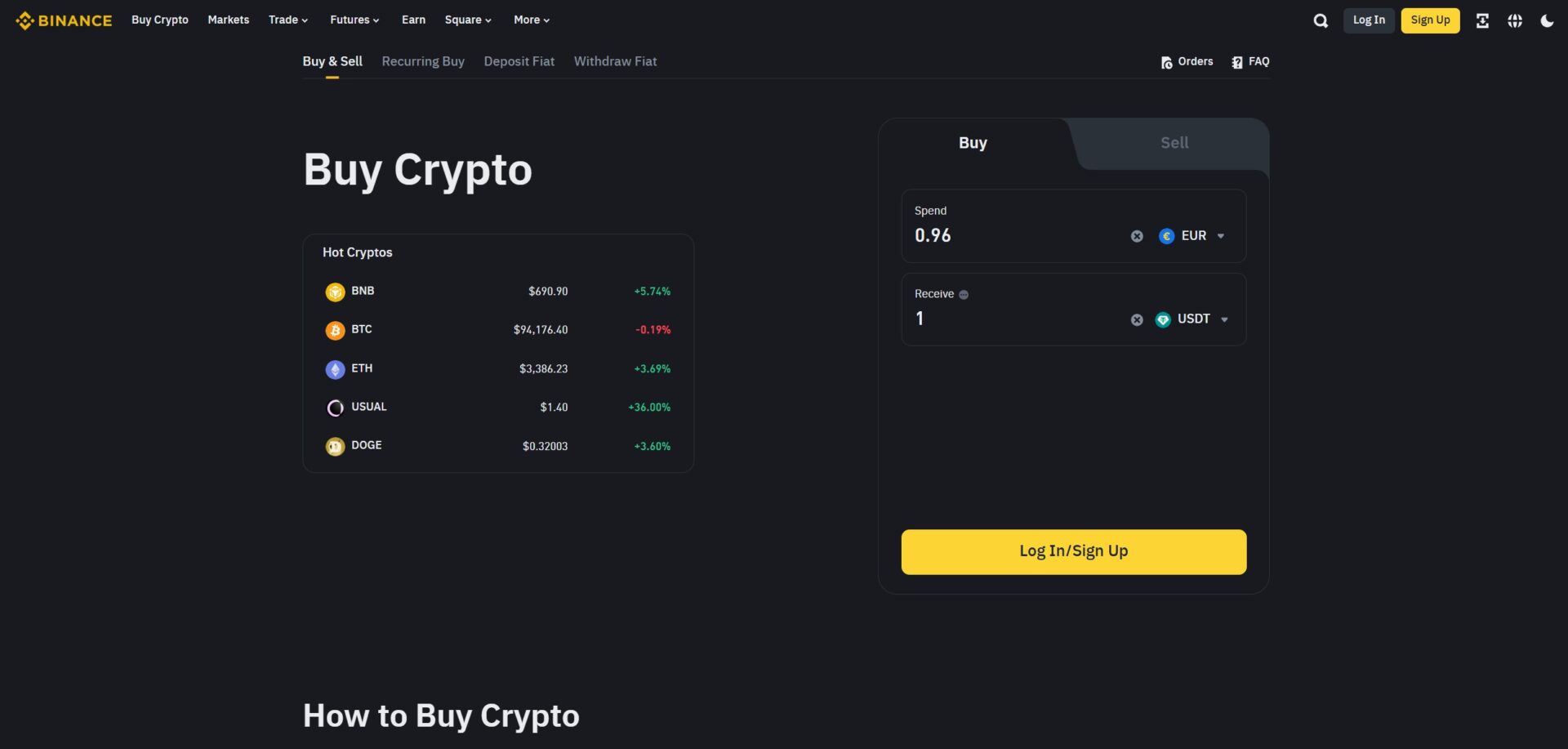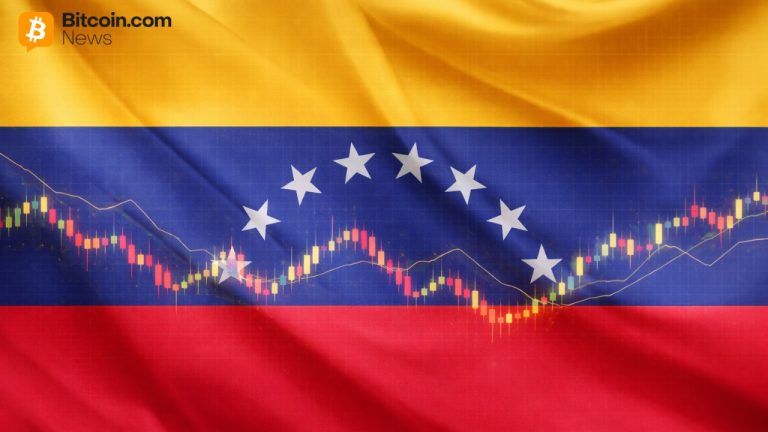Extremely long, but in-depth post. TLDR at the bottom of the post
INTRO
A topic of discussion I want to bring up is ETH burning, as an economic model, and how a base layer fee sharing model, could be more ideal once Eigen Layer begins to gain traction. A few topics I want to bring up are;
The potential centralization issues that can occur, through the burning of ETH.
The potential for UX improvement, and decentralization through a base layer fee sharing structure.
Potential centralization
Something to think about is this; while anyone can spin up an Ethereum node so long as they have 32 ETH but there is no real practical way to actually earn more ETH. Most people don’t have 32 ETH, nor the technical ability to sufficiently run an Ethereum validator. So unfortunately, this leads to a world where Coinbase, LIDO and a few others earn a majority of the newly minted ETH.
On the surface, this doesn’t seem like too big of an issue, however, to me this mixed with deflationary burning of ETH seems to mean that the average Joe, using the network, is consistently burning a portion of their fees, while never earning any more back in any meaningful fashion without actively LPing (IL risk) or trading.
These types of economics and how validating works in practice, means that there are a few entities with the honor of earning new ETH, and the people using the network are simply burning ETH.
I believe better economic modeling exists. Rather than burning ETH fees, it would be great to implement a fee structure that rewards the actual smart contracts being used. Then a new use case, for example, could be that LP positions on Uniswap could earn UNI and the equivalent ETH usage fees that were directed back to the contract itself.
This isn’t the only area that I believe a fee sharing model would improve the UX on Ethereum, the biggest area actually involves Eigen Layer’s shared security model.
UX improvement with a few sharing model, while utilizing Eigen Layer’s shared security model
For those who aren’t aware of Eigen Layer, here is the run down;
Eigen Layer
Eigen Layer is a project, being built on Ethereum to allow for outside projects and chains to utilize Ethereum Validators in a way by which Ethereum validators can opt-in to validate a specific outside chain, and they will have specific requirements to meet, in order to not result in a slashing event. Essentially, under the Eigen Layer, it acts as a sort of middleman to execute slashing events, in the case of a misbehaving validator, and on behalf of a blockchain. However, instead of being a blockchain in itself, Eigen Layer is a smart contract on both Ethereum, and the new blockchain which each validator is responsible for validating.
Let me explain alittle more in depth
In the Eigen Layer model, an Ethereum validator will be able to opt-in to validating a new blockchain, utilizing the stake they ready have locked in their mainnet Ethereum stake. This process is called Restaking. The act of restaking, your stake, towards a new blockchain.
When these Validators opt-in, they have to spin up a new node running the specific code of the new blockchain, as well as the Eigen Layer smart contract on both chains. This new node, will communicate with the Eigen Layer contract, about the parameters required for the Validator to run this new node, as well as the slashing conditions for this new chain.
If a blockchain finds a Validator performing a malicious act, such as a double sign, for example, this blockchain will send a message to the smart contract on its chain, which will relay a message to the Ethereum mainnet contract, which will then unbond the Ethereum stake, slash the stake and send the remaining stake, to the validators receiving address.
This slashing mechanism, provided by the Eigen Layer smart contract, acts as a mechanism to keep the validator honest while validating the new Blockchain. It also means that Validators that opt-in to validate new chains, will likely find various new forms of revenue coming from chains seeking Ethereum’s economic Security.
Now that we had a run down on Eigen Layer
Consider a scenerio where Uniswap decides to forego simply being an Ethereum smart contract, and decides to build an app-chain, that utilizes Eigen Layer as the means of gaining Ethereum security. In the world where Ethereum burns the fees rather than sharing it with smart contracts, Uniswap will operate on the same fashion as every other chain, by using its own token, or Ethereum as gas to pay for transactions. However, could this be different if fees were shared with smart contracts on the Ethereum side?
Imagine if for example, every time an LP position was created on Uniswap, it triggered a smart contract call on the Ethereum side. This smart contract call would trigger fees to be sent back to the smart contract, which could be used to subsidize gas entirely on the Uniswap app-chain.
This model could also need additional actions to be utilized as well, by exterior projects, to help build up this fee generation. Exterior contracts and chains may have to make calls to the Uniswap contract on Ethereum mainnet as well, that would create more fees to be generated towards subsidizing fees on the Uniswap chain. This could create a more circular, efficient economy of fee sharing and with more economic alignment around the Ethereum ecosystem.
I feel like this UX improvement, for the Uniswap chain would be a huge step for the app-chains being built around Ethereum.
TLDR; The change from fee burns, to fee sharing, could help to decentralize the network, by spreading the fees out amongst the contracts creating the demand on Ethereum. This could also help to further economically align Ethereum with the app-chains being built around it, using Eigen layer.
With the potential growth of new blockchains built around the Ethereum ecosystem, the Ethereum fee burn does nothing to really benefit the Ethereum ecosystem. There is an opportunity to put those burnt fees to work. These fees could be to the advantage of chains that utilize the Eigen Layer, where contract calls on the Ethereum mainnet, could help to subsidize the fees, if not eliminate them, on the other chain. This could create an excellent UX for users of these chains being built in the Ethereum ecosystem, that are utilizing Eigen Layer.
[link] [comments]

You can get bonuses upto $100 FREE BONUS when you:
💰 Install these recommended apps:
💲 SocialGood - 100% Crypto Back on Everyday Shopping
💲 xPortal - The DeFi For The Next Billion
💲 CryptoTab Browser - Lightweight, fast, and ready to mine!
💰 Register on these recommended exchanges:
🟡 Binance🟡 Bitfinex🟡 Bitmart🟡 Bittrex🟡 Bitget
🟡 CoinEx🟡 Crypto.com🟡 Gate.io🟡 Huobi🟡 Kucoin.



















Comments